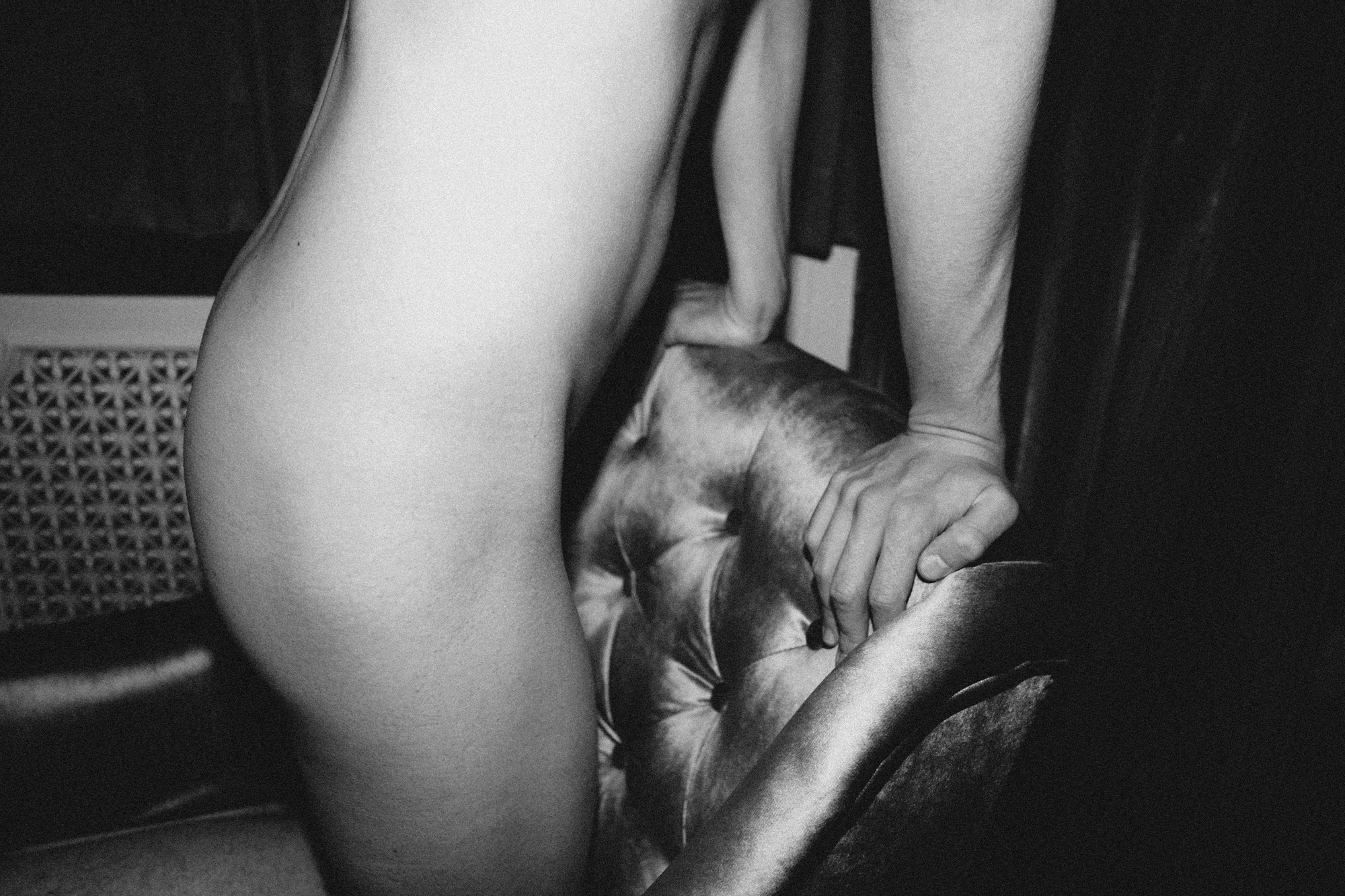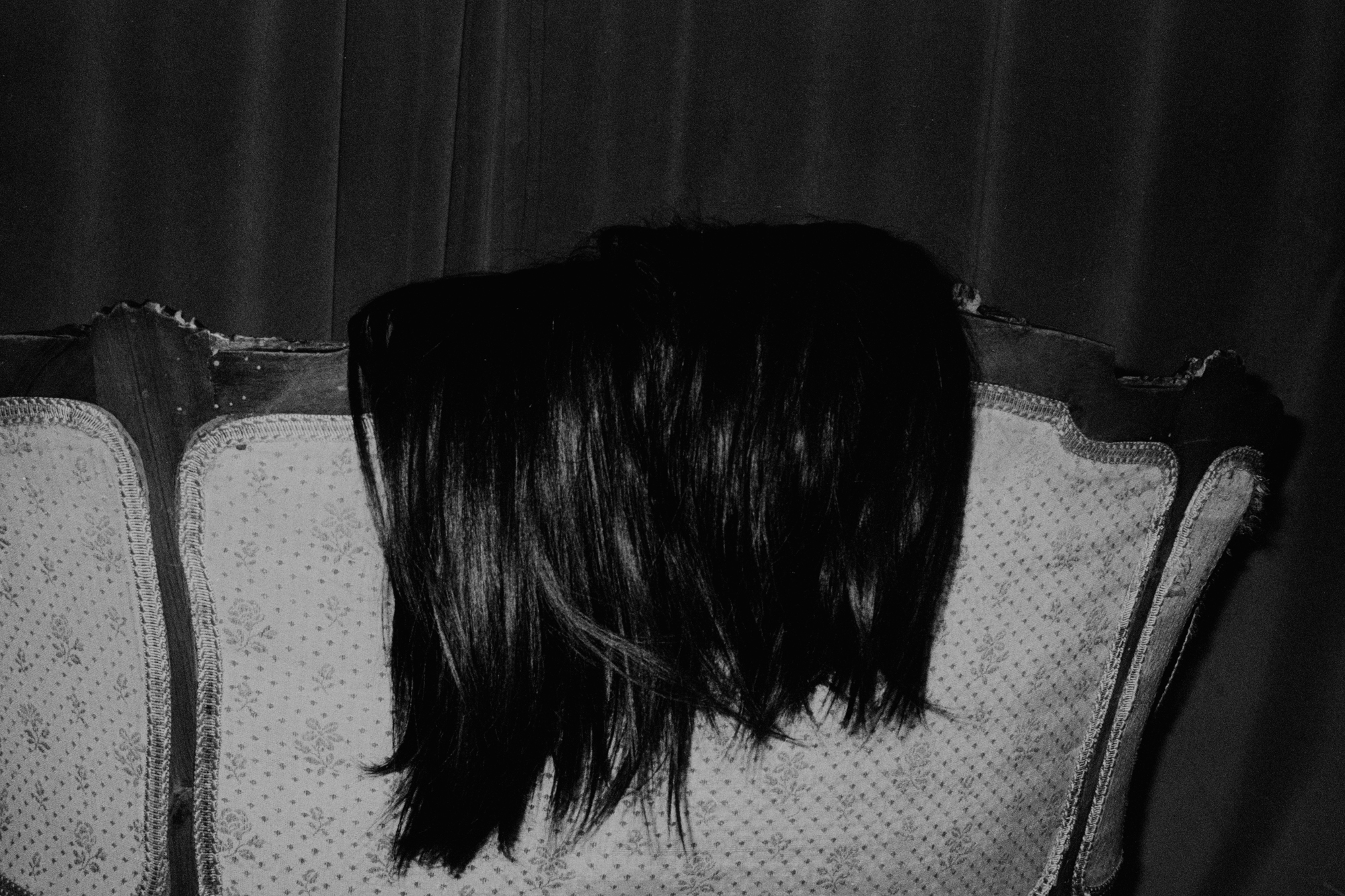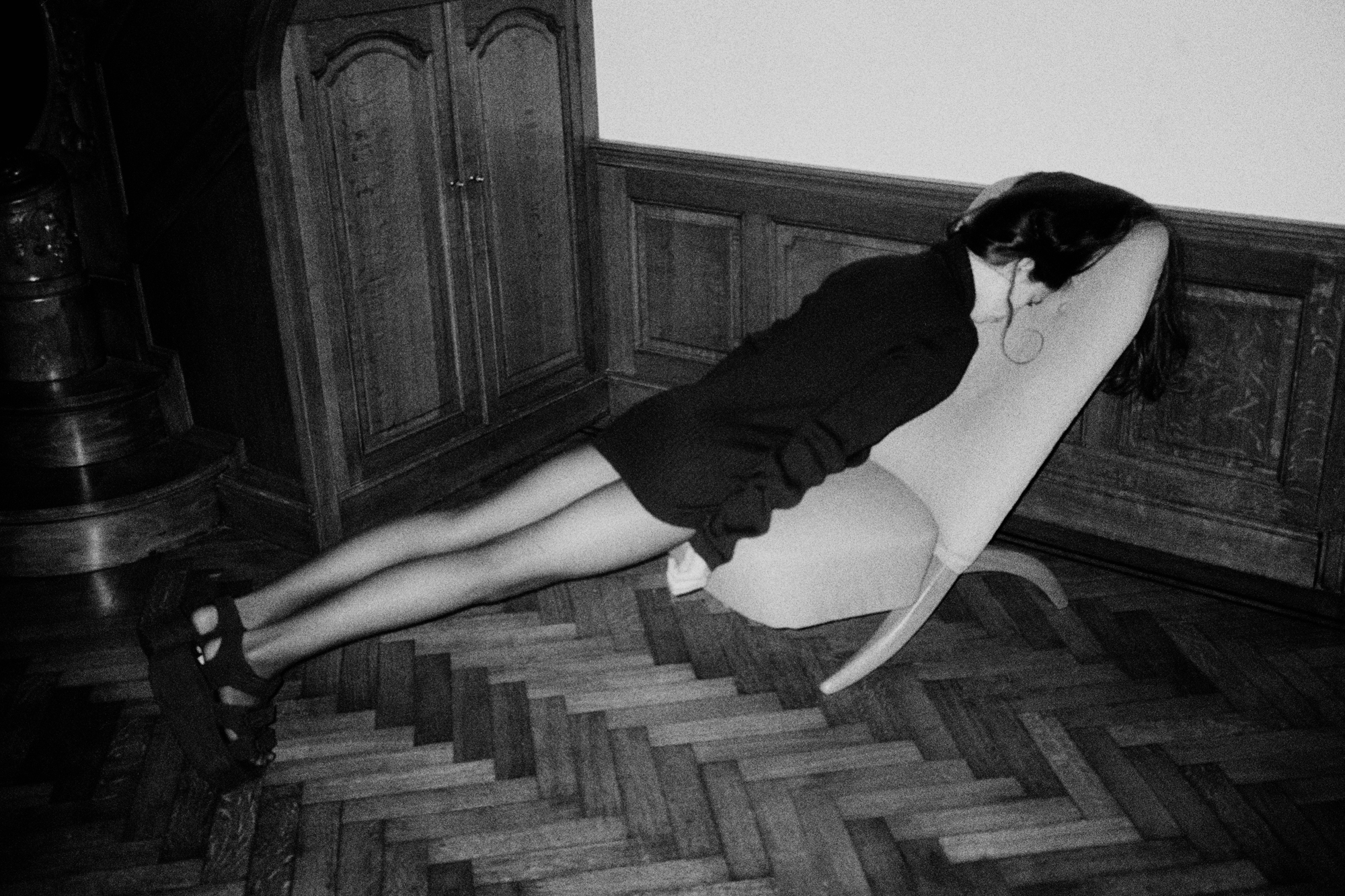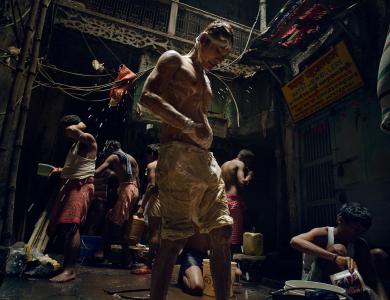
Belgium based Dutch photographer Julie van der Vaart impressed the judges of the 2015 Sony World Photography Awards with her striking black and white series which has been shortlisted in the Professional Conceptual category of the 2015 Sony World Photography Awards.
The photographer, who is also currently studying for a Masters in Research in Art and Design, tells us more about the shortlisted series, Spleen, and the themes that span across her photography portfolio.
What attracted you to photography? Please briefly describe your journey to becoming a photographer
When I was in high school I studied Sciences and Mathematics. I knew nothing about photography or art but I collected all kinds of images that were appealing to me. It could be a pose, a composition or just colours that I liked, but I wondered why some pictures seemed interesting and others did not. I also had this urge to do a study where I could make something instead of just absorbing information. I chose photography very intuitively. When I started, it was a disaster. Everything was analogue and I knew nothing about how a camera worked or what a “good” image should look like. But I really wanted to learn this and for the first time I was passionate about something. After a while I remember that I finally made something that was worth hanging on the walls, it was a portrait of my grandmother. My teacher said that it was either a lucky shot or that I could be good at portraits, so I continued in that direction. That is how it all started.
Your portfolio seems to have two sides - clean, modern portrait photography and a darker, abstract photography. How did you develop these approaches and how do you employ them across your work?
The clean portraits are from the series “Stranger to Myself”. I started this series during my education as part of an assignment. I had some success with them so I continued it but I felt that after a while I was repeating myself and it didn't give me the same satisfaction as it did when I started. After I graduated I felt like I had total freedom and I could take pictures for myself without thinking about pleasing other people. I returned to analogue photography and searched (and am still searching) for my own language. This was so important to me and my style changed so much in this short time. I feel like what I make now is much closer to me.

Your series, Spleen, has been shortlisted in the Professional Conceptual category this year. I understand it was inspired by a poem of Baudelaire. Please tell use more about this series, the concept behind the images and where the shoot took place
“Spleen” originated from an earlier series “Le Sentiment De L'Éphémère”, which I started after losing a family member. I tried to express the notions of loss and fleeting moments in life. After the returning thought that most things will eventually come to pass, I turned to photography to explore concepts such as permanence and grief. “Spleen” can be seen as a more refined and less raw representation of “Le Sentiment De L'Éphémère”, replacing the very personal feeling of the series with a universal melancholia.
The pictures were taken on various locations. I had ideas about a girl in different poses so when I found the right girl I went to her house to take pictures. Other pictures came very naturally; I always have my camera with me so that when something catches my eye I can photograph it immediately.
The images in the series are black and white analogue. Why did you choose to shoot in this way for this specific project? Are there advantages to working with analogue over digital?
I mainly work with black and white images. In my opinion colour gives more information, whilst I prefer to try to reach the essence. I can work more intuitively and direct using an analogue camera, instead of constantly checking my display in an attempt to catch the perfect moment. I am now more in the moment itself and much more concentrated. I also like the process of developing my own films.

Will you continue the series?
I think this series is done for me but every series comes out of the previous one and I like to think that eventually they can all come together. So in a certain way I am continuing it.
What are you currently working on?
I am working on a new series called “Wander” (working title). It is inspired on experiences of remembering and forgetting. “Wander” consists out of experimental photographs where I am pushing the limits of the medium itself by dissolving parts of the emulsion on the negatives. Rather than presenting a factual reality, I try to fabricate an illusion to conjure the realms of the imagination of the viewer. I am searching for a balance between showing and hiding, a metaphor for the act of remembering. I am showing an intermediate world, which is bound to neither space nor time and is therefore as much as possible open for interpretation.
What’s the one thing you always take with you on a shoot?
I do not really go on shoots (well, sometimes) I just always (ALWAYS!) have my camera with me.
Who are your photography heroes?
I am really inspired by Japanese photographers, such as Yamamoto Masao, Mayumi Hosokura and Daisuke Yokota.

